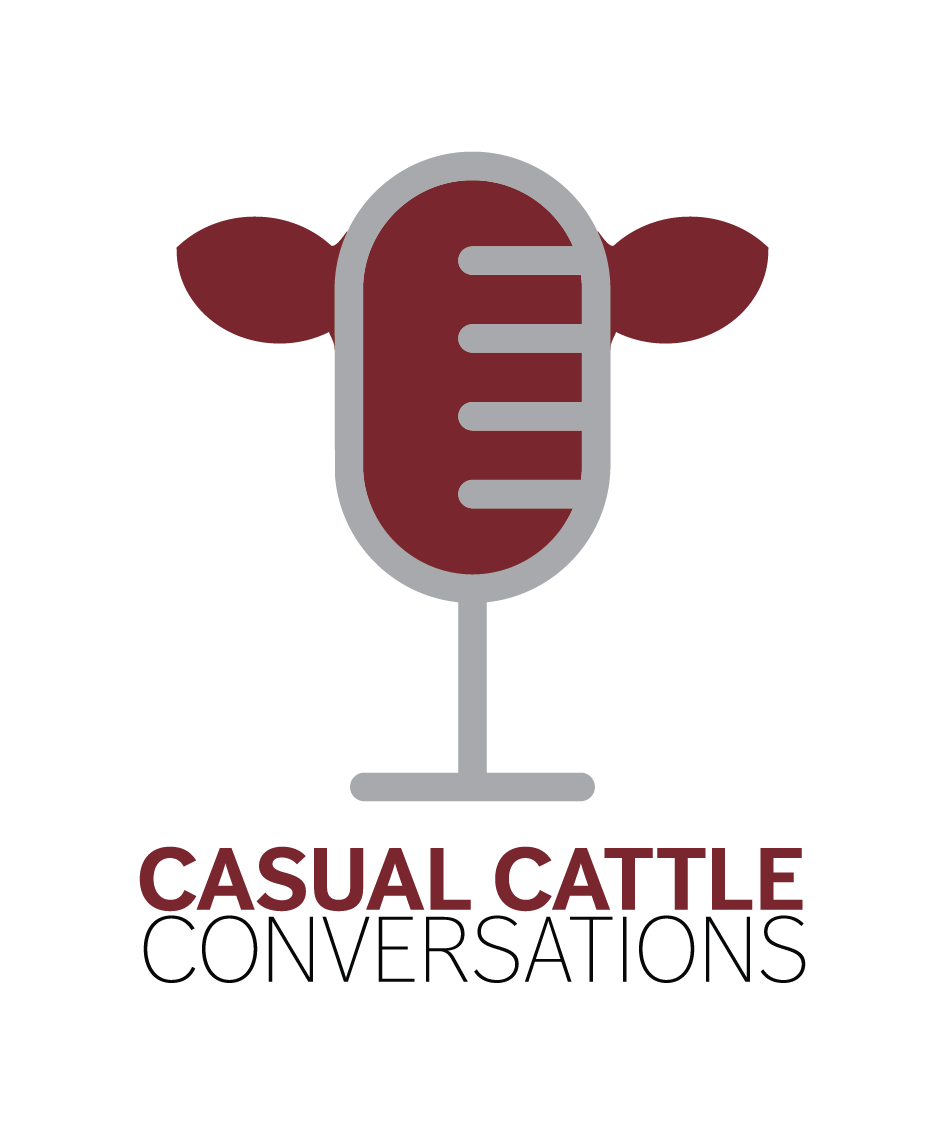The Truth About Wagyu
Listen to the full conversation about Wagyu with Arlie Reeves right here!
Amidst consumers’ protein craze and the growing trend for direct-to-consumer beef, Wagyu genetics are getting a little more of the spotlight and growing in popularity. But what’s different about this breed of cattle and how do they play a role in America’s beef industry?
Since the early 90s, the Reeves family has been involved in the Wagyu breed on their family ranch near Pullman in eastern Washington. “My dad had the opportunity to go to Japan in the 80s to research the Japanese beef market and through that experience learned about Wagyu beef,” said Arlie Reeves.
After being impressed by the quality of beef, the family decided to shift their genetics program and currently holds the oldest active member in the American Wagyu Association.
The Reeves family started by crossbreeding and eventually worked into purchasing cattle that were 100% Wagyu. Part of this process looked like working with larger commercial operators by leveraging Wagyu’s calving ease for heifers and buying those calves back from producers at a premium to then sell on to feeders. They’ve also always had a meat business but it’s not the main focus.
Even though the meat business is not the primary focus of the operation, it has allowed Arlie to gain insight into why consumers want Wagyu beef.
She said, “I think the word Wagyu has a lot of mystery to it and many people haven’t had a chance to try it.” Outside of the mystery appeal, the product itself is very well marbled. “Folks are coming to us because it’s more than a prime product and they get to know where their beef is coming from.”
Arlie and her family don’t ship beef across the country but instead focus on a local market. To accommodate customers from farther away, they schedule pickup times in larger cities.
Selling direct-to-consumer has also highlighted some misconceptions about Wagyu for Arlie. “There’s a general misconception that real Wagyu only comes from Japan. That’s where these genetics originated from but they were brought into the United States and we DNA parent-verify every animal so our customers know they are Wagyu,” said Arlie. Part of the confusion around this topic comes from the variety of Wagyu categories: F1 (50%), Purebred (93.75%-99%), and Fullblood (100%). All of these categories of Wagyu offer a phenomenal product to the consumer, but they might not understand the industry lingo and difference between products.
The shift to Wagyu didn’t come without doubt or criticism for the Reeves family. Arlie said, “The cattle themselves are heavily criticized because they are smaller-framed and thinner in appearance.” However, they offer several great qualities like high marbling and calving ease.
Arlie said, “I never won the county fair with my steers, but I did win the carcass contests.”
Additionally, there’s a misconception that Wagyu are wild, poor mothers and sickly. The Reeves family has shown otherwise as they utilize low-stress handling techniques and run their herd like a commercial operation where the cows must calve on their own.
If producers are interested in utilizing Wagyu genetics, Arlie shared, “It comes down to understanding that the cattle industry is not a get-rich-quick model.” Wagyu need to be fed out to 25 to 30 months of age which is longer than other breeds, and your processor needs to be able to maximize value in the carcass by pulling out not just the traditional, old-school beef cuts because the marbling in the Wagyu carries down throughout the carcass in a unique way.
You can listen to the full conversation on the Casual Cattle Conversations podcast.

